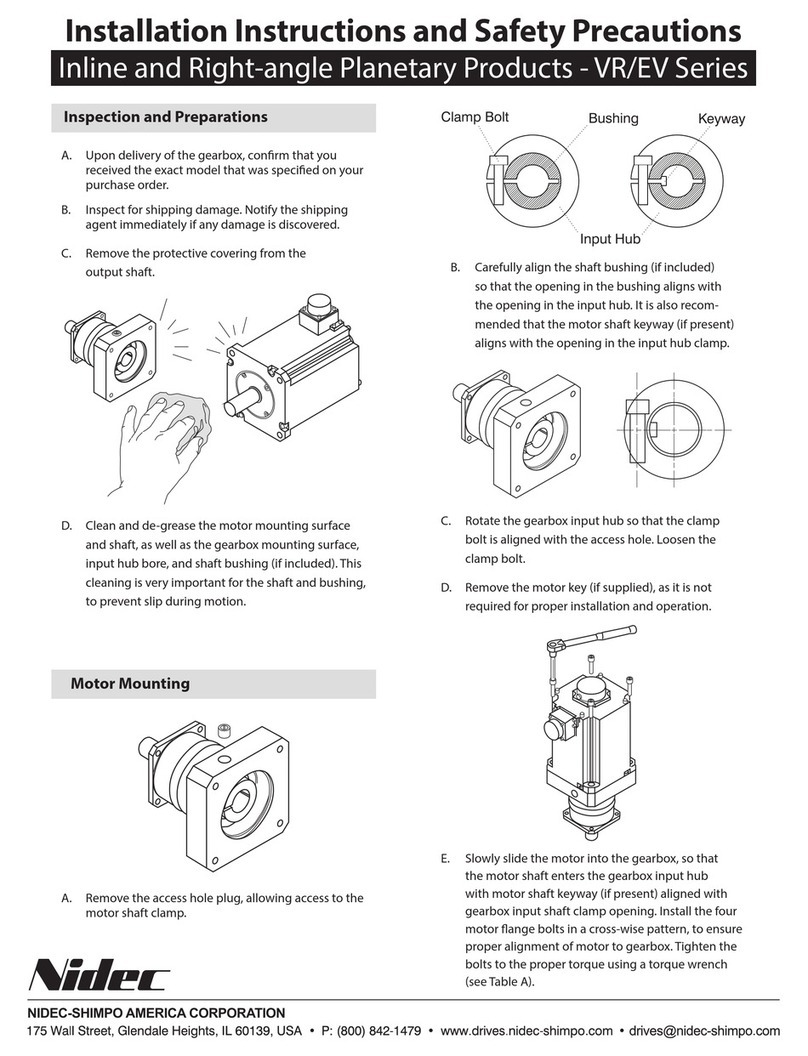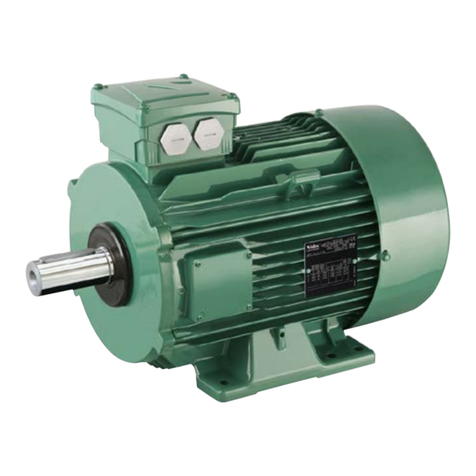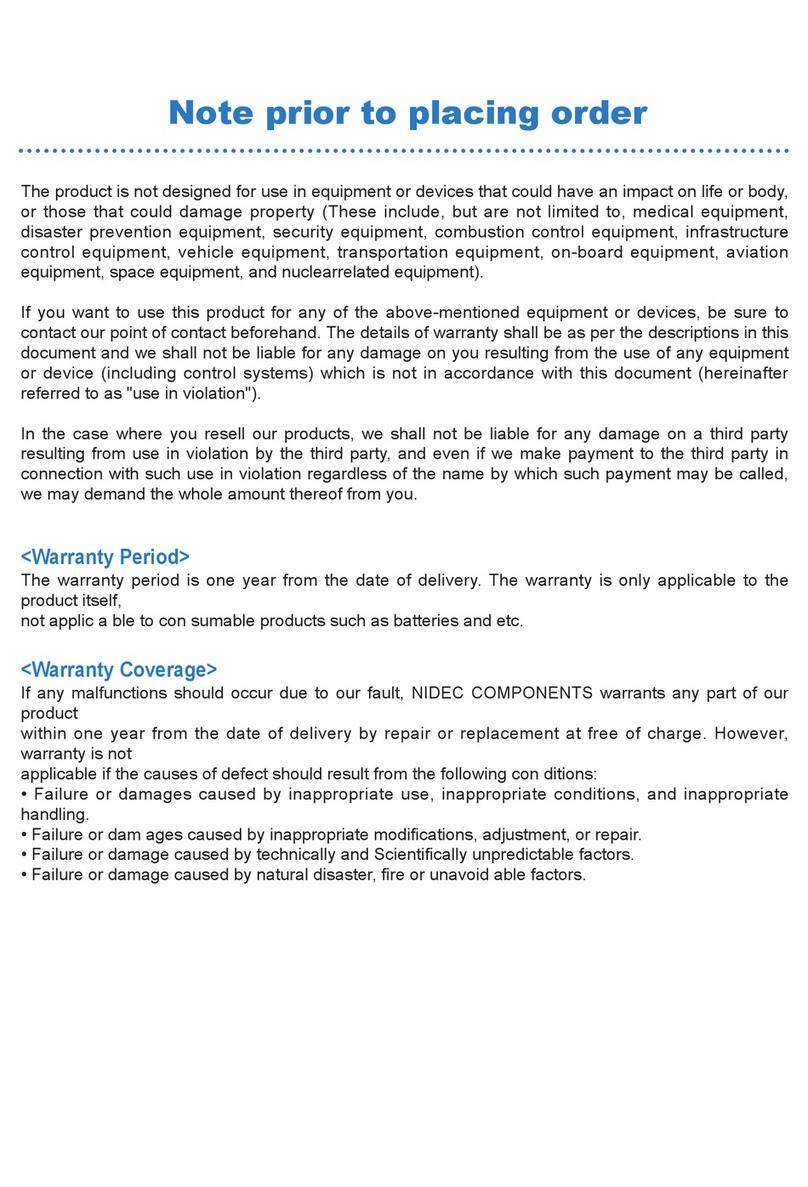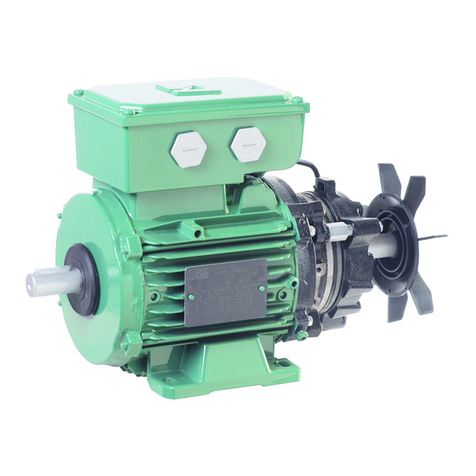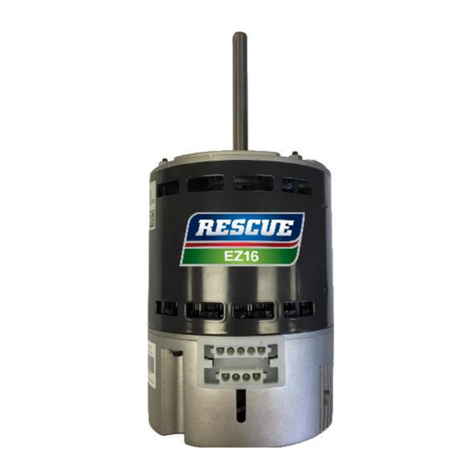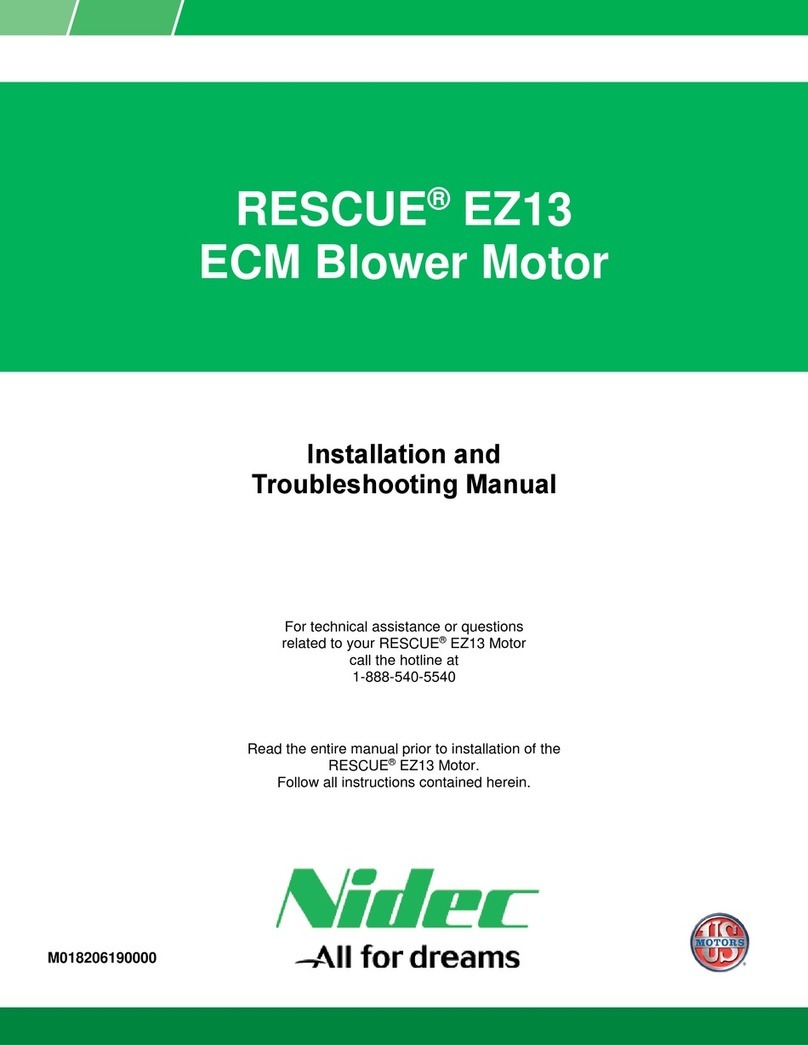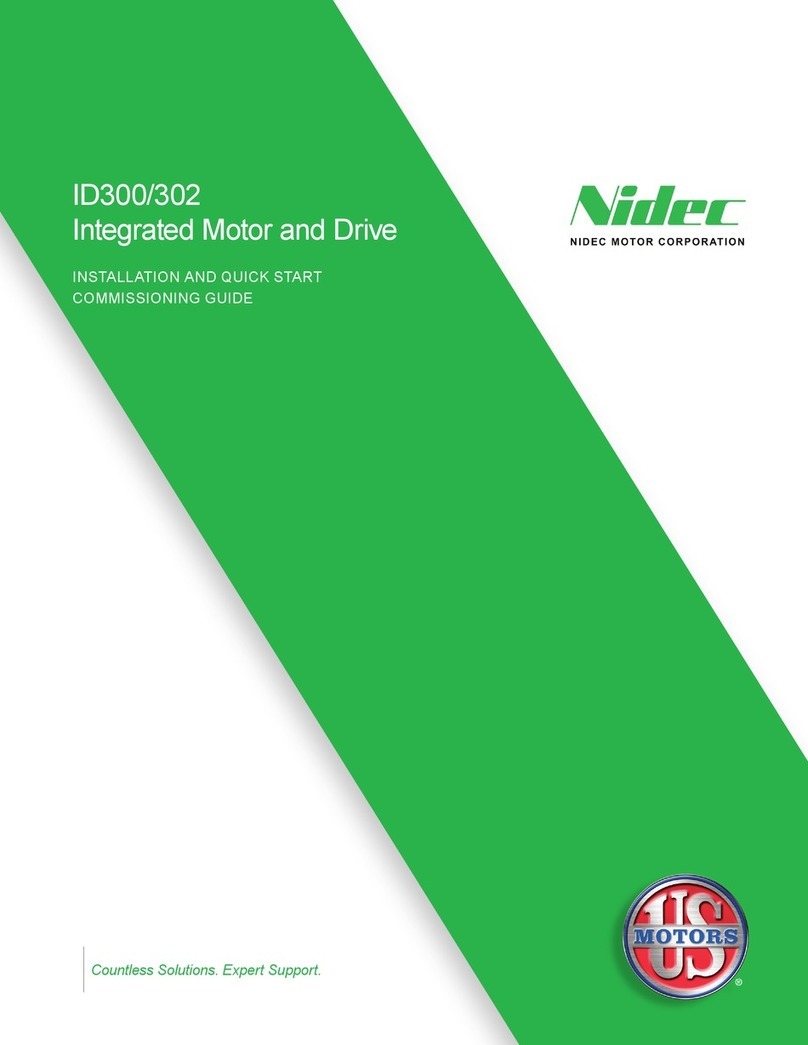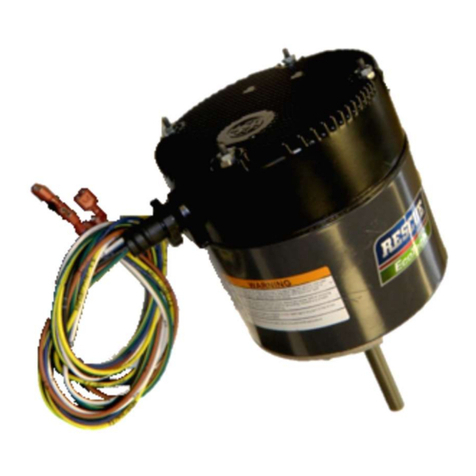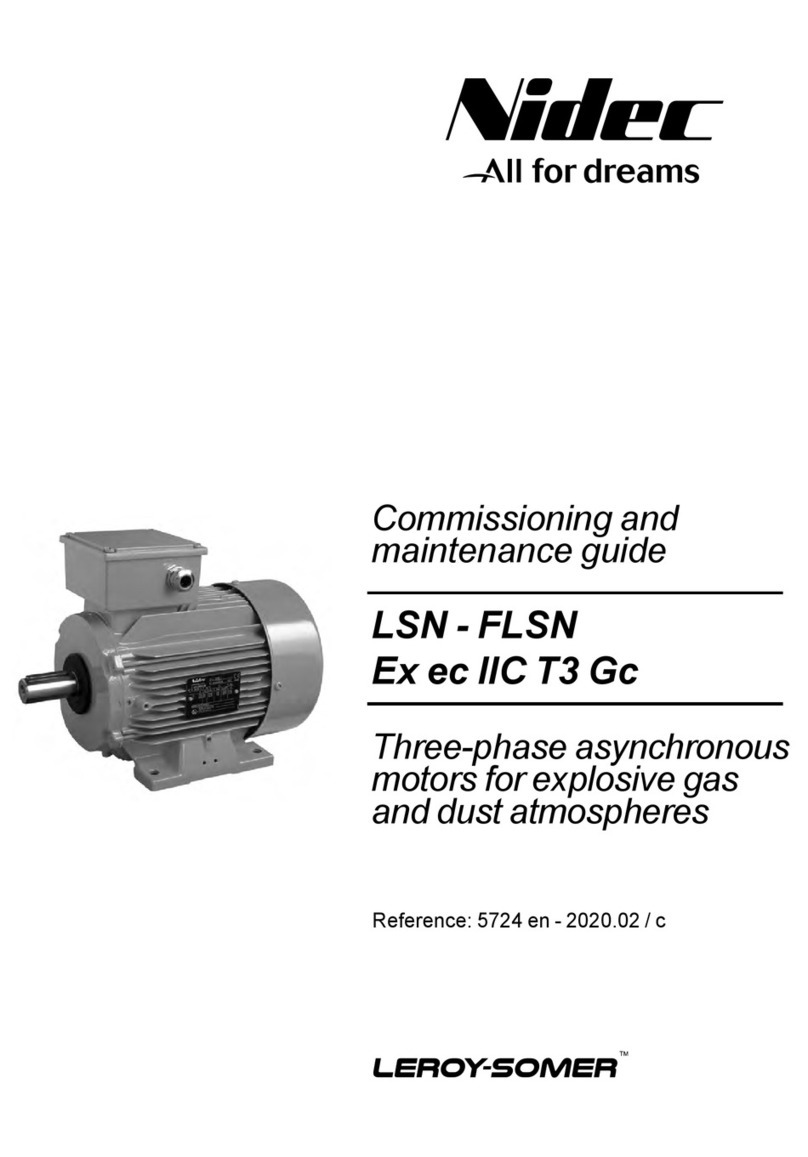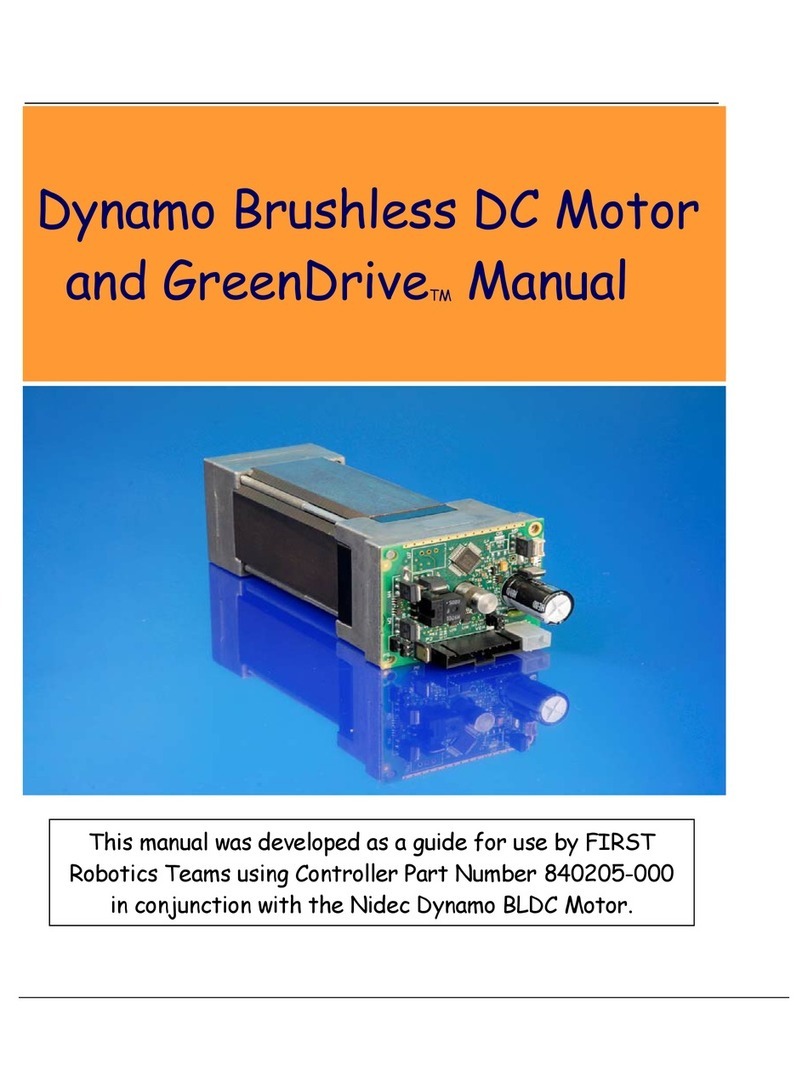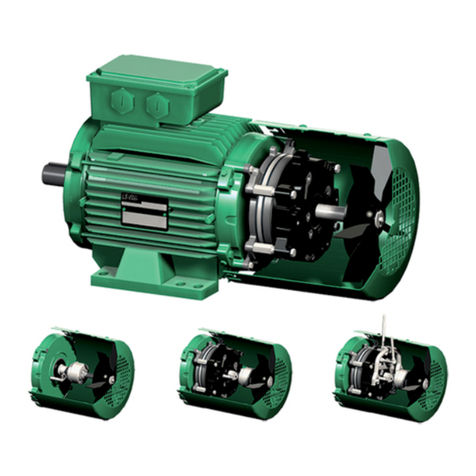
4
Maintenance and service guide - LSPX-FLSPX ZONE 21 - Ex tb – LSES-FLSES ZONE 22 - Ex tc
5725 en - 2020.02 / c
CONTENTS
1 - RECEPTION ................................................................. 5
1.1 - Identication and marking...................................................5
2 - STORAGE ......................................................................6
3 - COMMISSIONING .........................................................6
3.1 - Protocol for lubrication during commissioning ....................6
3.2 - Checking the insulation.......................................................7
4 - INSTALLATION ............................................................ 7
4.1 - Position of the lifting rings ...................................................7
4.2 - Location - ventilation...........................................................8
4.3 - Preparation of the xing support .........................................9
4.4 - Coupling ............................................................................ 9
4.5 - Important information to be taken into consideration during
installation.........................................................................................9
5 - ELECTRICAL PARAMETERS - LIMITING VALUES10
5.1 - Limitation of disturbances caused by starting of motors...10
5.2 - Supply voltage..................................................................10
5.3 - Starting time .....................................................................10
5.4 - Supply with frequency inverter..........................................10
6 - USE...............................................................................10
7 - SPECIAL OPERATING CONDITIONS.......................12
7.1 - Variable speed use ...........................................................13
8 - ADJUSTMENT.............................................................16
9 - MAINS CONNECTION ................................................18
9.1 - Terminal box .....................................................................18
9.2 - Connection to the electrical supply ...................................18
9.3 - Terminal block or isolator connection wiring diagram ........19
9.4 - Direction of rotation...........................................................19
9.5 - Earth terminal and earthing...............................................19
9.6 - Connecting the power supply cables to the terminal block 20
9.7 - Indication of cable gland size and type for 400V rated
supply voltage if drillings required without details of hole diameters
being given .....................................................................................21
9.8 - Admissible number and maximum size of
holes for cable glands per “eb” terminal block .................................21
9.9 - Recommended cable temperatures..................................21
10 - MAINTENANCE.........................................................22
10.1 - General...........................................................................22
10.2 - Corrective maintenance: general....................................23
10.3 - Safety rules.....................................................................24
10.4 - Routine maintenance......................................................24
10.5 - Bearing housing maintenance ........................................25
10.6 - IP Leak tightness of motor ..............................................27
10.7 - Group III paints ...............................................................27
10.8 - Troubleshooting guide ....................................................28
10.9 - Recycling........................................................................28
11 - LSPX MOTORS - ZONE 21....................................... 29
11.1 - LSPX 80 to LSPX 160 MP/LR motors .............................29
11.2 - LSPX 160 M/L, LSPX 180 MT/LR motors ...................... 31
11.3 - LSPX 180 L, LSPX 200, LSPX 225 ST/MT/MR motors ...33
11.4 - LSPX 225 MG, LSPX 250 ME,
LSPX 280 SC/MC/MD/SD motors ................................................. 35
12 - FLSPX MOTORS - ZONE 21 .................................... 37
12.1 - FLSPX 80 to FLSPX 132 motors.................................... 37
12.2 - FLSPX 160 and 180 motors........................................... 39
12.3 - FLSPX 200 and 225 MT/MS motors ...............................41
12.4 - FLSPX 225 M to 280 motors...........................................43
12.5 - FLSPX 315 to 355 LD motors .........................................45
13 - LSES AND FLSES MOTORS - ZONE 22..................48
INDEX
Acceptance.......................................................................................5
Adjustments................................................................................... 16
Alarm - early warning ..................................................................... 11
Assembly......................................................................................... 6
Balancing......................................................................................... 9
Bearing housing xing rods or screws: tightening ...........................23
Bearing housings.................................................................... 24 - 25
Belts............................................................................................... 17
Built-in thermal protection ............................................................... 11
Cable gland.....................................................................................18
Cables ............................................................................................20
Capacitors ......................................................................................24
Connection to mains ............................................................... 18 - 20
Connection wiring diagrams............................................................19
Connection .................................................................................... 20
Corrective maintenance..................................................................23
Coupling .......................................................................................... 9
Coupling sleeves ............................................................................16
Digistart ......................................................................................... 12
Direction of rotation.........................................................................19
Draining o condensation water......................................................24
Earth terminal .................................................................................19
Earth....................................................................................... 12 - 19
Europe Directives ....................................................................... 3 - 5
Fan ...................................................................................................8
Frequency inverter......................................................................... 13
Handling ................................................................................. 7 - 8 - 9
Heaters .......................................................................................... 11
Identication .................................................................................... 5
Inertia ywheel................................................................................16
Insulation ......................................................................................... 7
Lifting ring.........................................................................................7
Location........................................................................................... 8
Lubrication - Grease nipples .........................................6 - 24 - 25 - 26
Lubrication............................................................................... 25 - 26
Nameplate ........................................................................................5
Power supply .......................................................................... 10 - 20
Power ............................................................................................ 10
Protections...................................................................................... 11
Pulleys............................................................................................17
Routine maintenance..................................................................... 24
Spare parts .....................................................................................22
Starting ...........................................................................................10
Storage.............................................................................................6
Terminal box.................................................................................. 18
Terminal plate: tightening of nuts.....................................................19
Tolerances ......................................................................................16
Troubleshooting..............................................................................28
INSTALLATION AND MAINTENANCE - LSPX-FLSPX ZONE 21 - Ex tb – LSES-FLSES ZONE 22 - Ex tc
